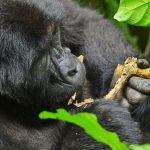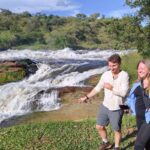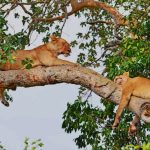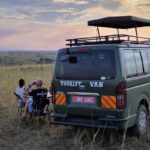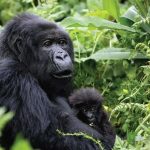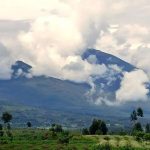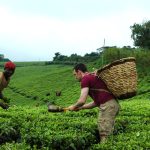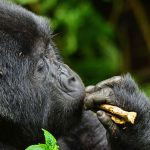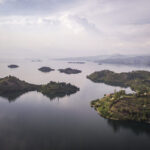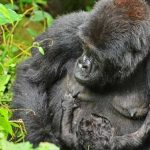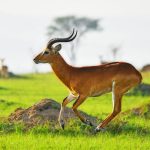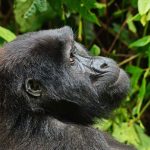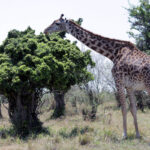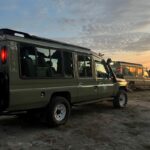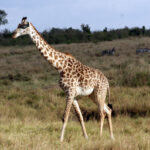When is the Best Time to Go Chimpanzee Tracking in Rwanda?
When is the Best Time to Go Chimpanzee Tracking in Rwanda? Chimpanzee tracking in Rwanda is an extraordinary wildlife experience, offering an opportunity to observe one of the world’s most intelligent and fascinating species in their natural habitat. Rwanda, a small country in East Africa, is home to two of the most important chimpanzees tracking destinations on the continent: Nyungwe Forest National Park and the lesser-known Cyamudongo Forest. Whether you’re a seasoned traveler or a first-time adventurer, understanding the best time to go chimpanzee tracking in Rwanda is crucial to making the most of this unforgettable experience.
In this article, we’ll explore the best time to go chimpanzee tracking, the climate of Rwanda, how different seasons affect the experience, and how to plan your visit for a memorable adventure. Additionally, we will discuss how chimpanzee tracking can be combined with Rwanda’s other iconic wildlife experience: gorilla trekking.
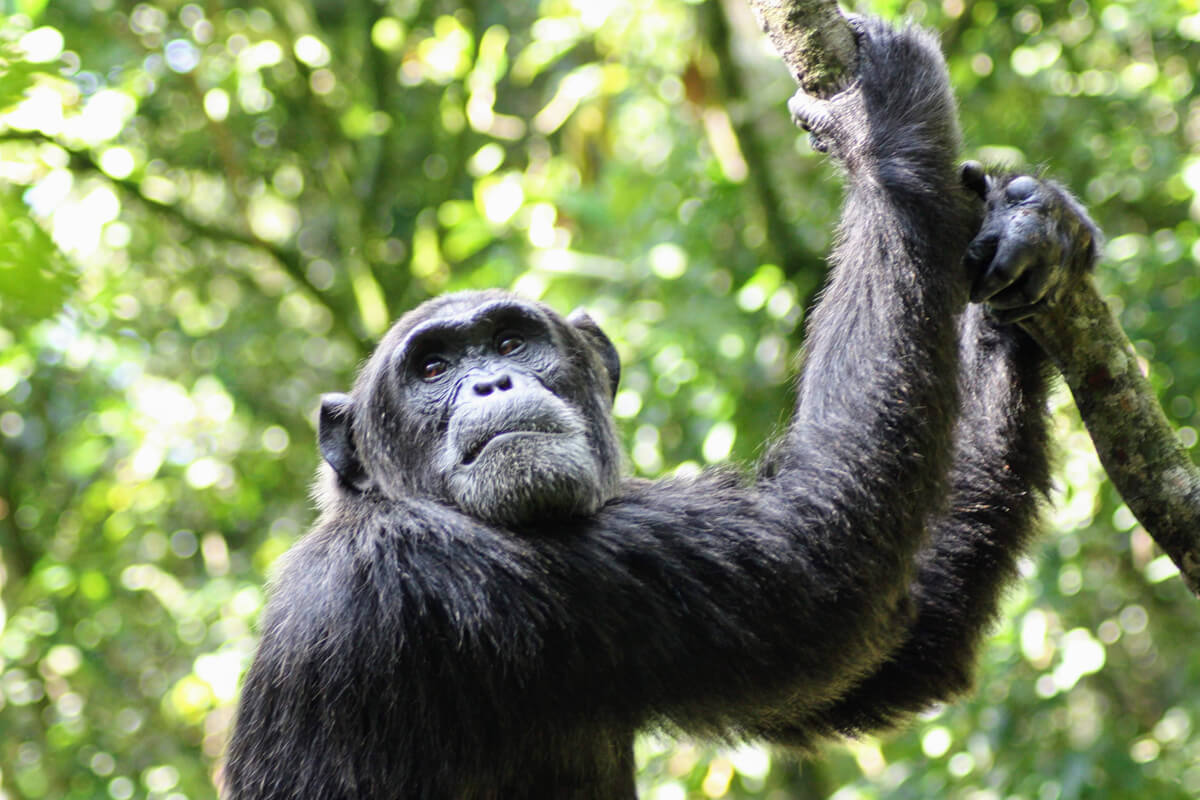
Rwanda’s Climate: An Overview
Rwanda, often referred to as the “Land of a Thousand Hills,” enjoys a temperate climate due to its high altitude, despite being located near the equator. This unique geography means that Rwanda does not experience the extreme heat typical of equatorial regions. Instead, the country enjoys mild temperatures year-round, with cooler mornings and evenings. The climate can vary depending on the region and the time of year.
Rwanda experiences two primary seasons: the rainy season and the dry season. Understanding these seasons will help you determine the best time for chimpanzee tracking and how to plan your trip.
Dry Season: The Best Time for Chimpanzee Tracking (June to September and December to February)
The dry season is widely considered the best time to go chimpanzee tracking in Rwanda. The two main dry periods are from June to September and December to February, each offering unique advantages for travelers.
Why is the Dry Season Ideal?
Easier Trekking Conditions
The dry months in Rwanda provide the most comfortable trekking conditions. The forest trails in Nyungwe and Cyamudongo can become muddy and slippery during the rainy season. During the dry months, the ground is firmer, making hiking easier and more pleasant. Dry conditions also reduce the risk of getting stuck in the mud or facing difficult terrain.
Wildlife Visibility
During the dry season, animals in the forest, including chimpanzees, are more likely to gather around water sources. With fewer rain showers, trekkers can often observe wildlife more easily, as they tend to congregate near streams and other water bodies. Additionally, dry conditions make it easier for your guide to track chimpanzee movements through the forest, as there are fewer challenges from overgrown vegetation and muddy paths.
Optimal Trekking Time
The dry season also offers the advantage of longer hours of daylight, meaning you will have more time to explore the forest and locate the chimpanzees. The increased visibility due to dry weather allows guides to track chimpanzees more efficiently, meaning you may encounter them faster than in the rainy season.
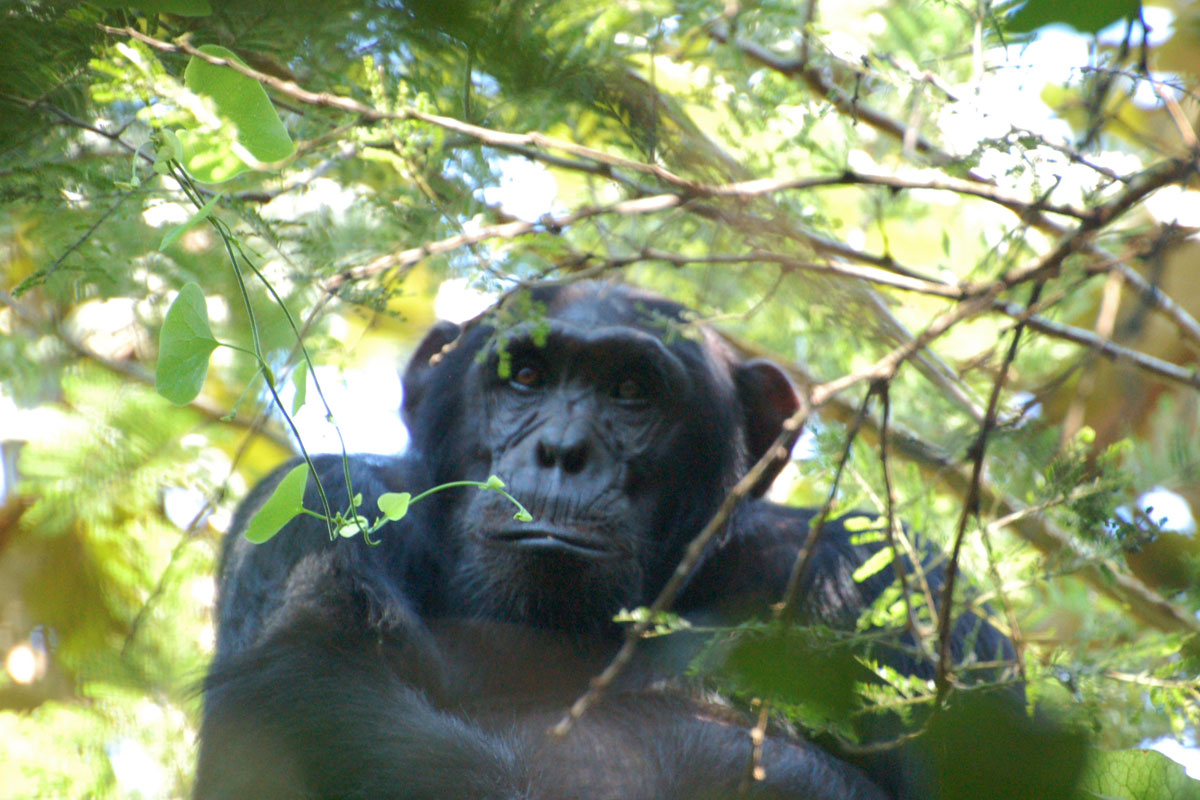
The Best Months for Chimpanzee Tracking:
- June to September: These are considered the peak months for chimpanzee tracking in Rwanda. Tourists flock to the country during this period to experience the pleasant weather and clear skies. The trails in Nyungwe Forest are at their most accessible, and wildlife sightings are more abundant.
- December to February: The short dry season, which occurs after the long rains, is also an excellent time for chimpanzee tracking. While this period is less busy compared to the peak dry months, it still offers good trekking conditions and an enjoyable experience for those looking to avoid large crowds.
Rainy Season: A Quieter, Less Crowded Experience (March to May and October to November)
While the dry season is the most popular time for chimpanzee tracking in Rwanda, the rainy season offers a different kind of adventure. Rwanda experiences two rainy seasons: March to May and October to November. While these months may not be ideal for those seeking perfect weather, they do offer unique benefits.
Why Choose the Rainy Season?
Fewer Tourists
The rainy season is considered the off-peak period for tourism in Rwanda. For travelers seeking a more serene and quiet experience, this time offers the chance to explore Nyungwe Forest and Cyamudongo without the crowds. Fewer tourists mean you can enjoy a more intimate chimpanzee tracking experience, with fewer groups on the trail.
A More Lush and Vibrant Forest
The rainy season brings life to Rwanda’s forests, with vibrant vegetation and a rich diversity of plant and animal life. The forest is lush and green, and the air is fresh. You’ll see the landscape at its most verdant, which adds a special touch to the trekking experience. The sounds of the forest are also more pronounced, with bird calls and the rustle of leaves in the rain adding to the immersion.
Lower Costs
Since the rainy season is considered the low season for tourism, some lodges and tour operators offer discounts. This makes it a more affordable time to go chimpanzee tracking, especially if you’re on a budget.
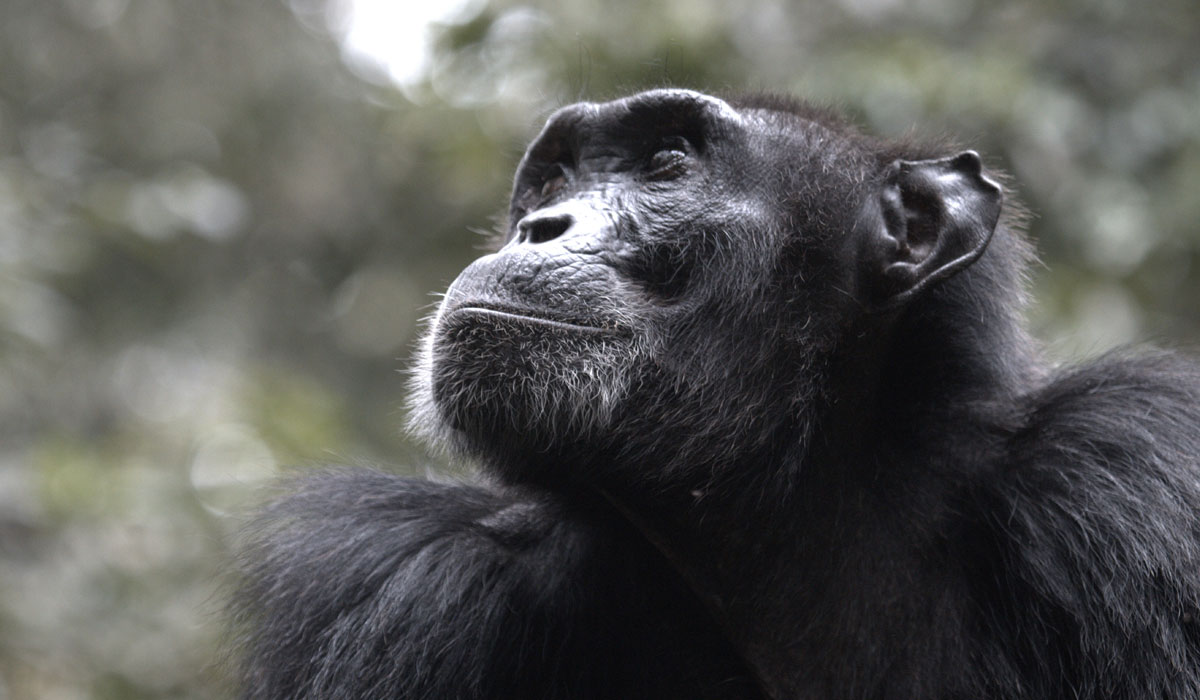
Challenges of the Rainy Season:
- Muddy Trails: The main downside of the rainy season is the muddy and slippery trails. Trekking in wet conditions can be challenging, especially in dense forests where the terrain can be uneven. However, experienced guides and porters will assist you, and the experience of walking through the rain-soaked forest can be rewarding in its way.
- Unpredictable Weather: Rwandan rains are often short and sharp, but they can be unpredictable. Travelers need to be prepared for possible downpours, which may temporarily hinder trekking or wildlife spotting. It’s important to bring proper rain gear and be flexible with your plans.
Combining Gorilla Trekking with Chimpanzee Tracking
Rwanda is famous for its mountain gorilla trekking in Volcanoes National Park. Many travelers choose to combine both gorilla trekking and chimpanzee tracking to experience Rwanda’s full primate diversity. Both experiences involve trekking through dense forests, and the combination offers a deeper understanding of the region’s rich biodiversity.
For those interested in adding gorilla trekking to their itinerary, the best time for both activities is during the dry season when the trails in Volcanoes National Park are more accessible, and the weather is favorable. The beauty of combining both activities is that travelers can experience the contrasting behaviors of gorillas and chimpanzees—two of the most iconic species in Rwanda’s wildlife ecosystem.
Preparing for Chimpanzee Tracking
No matter when you decide to go, proper preparation is key to making the most of your chimpanzee tracking experience. Here are a few tips:
- Fitness: While chimpanzee tracking doesn’t require extreme physical fitness, it’s important to be in good shape for the trek through uneven and sometimes steep terrain.
- Clothing: Wear sturdy hiking boots, long pants, and a long-sleeved shirt to protect yourself from the forest’s thorns and insects. Bring a light rain jacket, especially if you’re trekking in the rainy season.
- Gear: Don’t forget a hat, sunscreen, insect repellent, and a camera with a zoom lens. A good pair of binoculars can also be helpful for wildlife observation.
- Respect: Always follow the guidelines provided by your guide, including maintaining a safe distance from the chimpanzees and avoiding loud noises.
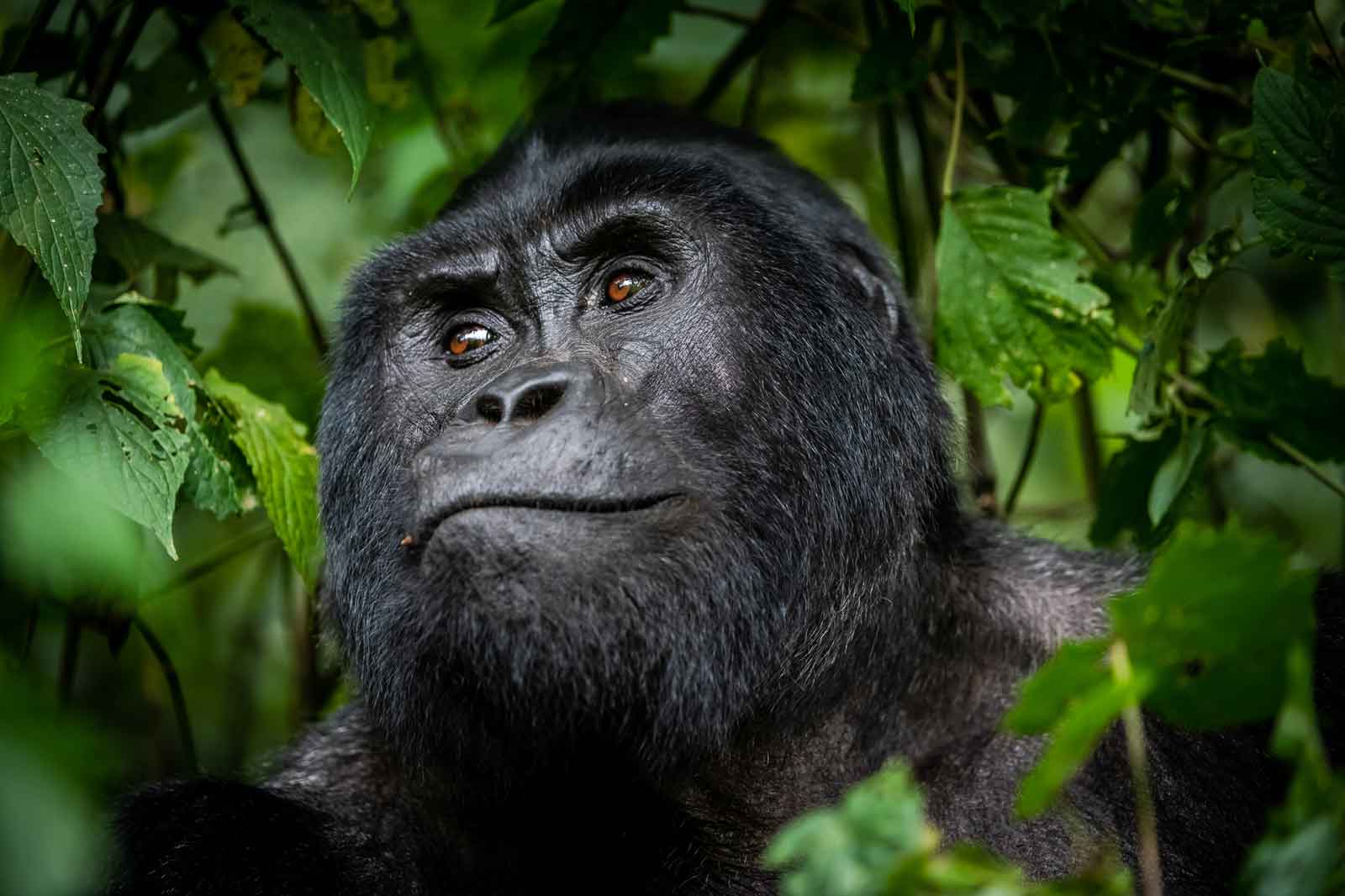
Conclusion: Choose the Best Time for Your Chimpanzee Adventure
The best time to go chimpanzee tracking in Rwanda depends on your personal preferences and the kind of experience you seek. The dry season (June to September and December to February) offers the most comfortable conditions, with easier trekking and better wildlife visibility. However, if you prefer fewer crowds and don’t mind a bit of rain, the rainy season (March to May and October to November) can offer a more peaceful, vibrant, and affordable experience.
Whether you’re trekking through Nyungwe Forest or Cyamudongo Forest, chimpanzee tracking in Rwanda is an unforgettable adventure. And if you’re combining it with gorilla trekking, you’re in for a wildlife experience like no other. The Land of a Thousand Hills promises an unparalleled opportunity to get up close and personal with some of the world’s most fascinating primates, all while contributing to important conservation efforts.
Popular East Africa Safari Packages
- Gorilla Trekking & Masai Mara Safari – 8 Days
- Murchison Falls Luxury Wildlife Safari – 4 Days
- Ultimate Uganda Luxury Safari – 14 Days
- Uganda Wildlife Safari & Activity Holiday – 15 Days
- Wildlife & Primates Safari in Uganda – 9 Days
- 3 Days Rwanda Gorilla Trekking Safari
- Best of Rwanda Budget Safari – 6 Days
- Uganda & Rwanda Activity Holiday – 8 Days
- Uganda & Rwanda Wildlife Holiday – 20 Days.
- 4 Days Gorilla & Chimp Tracking Safari
- Classic Rwanda Safari – 10 Days
- Wildlife & Gorilla Trekking Holiday – 9 Day
- Group Adventure Holiday – 7 Days
- Uganda Wildlife Holiday – 8 Days
- Luxury Gorilla Tracking Safari By Road – 4 Days
- All-Inclusive Uganda Family Safari – 12 Days.
- Ngorongoro Crater & Lake Manyara Safari – 4 Days
- Eastern Uganda Safari Trail – 12 Days
- Grand East Africa Safari – 20 Days. Uganda, Kenya & Tanzania
- A Glimpse of Kenya Wildlife Safari – 5 Days

